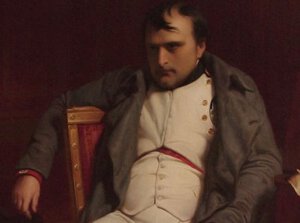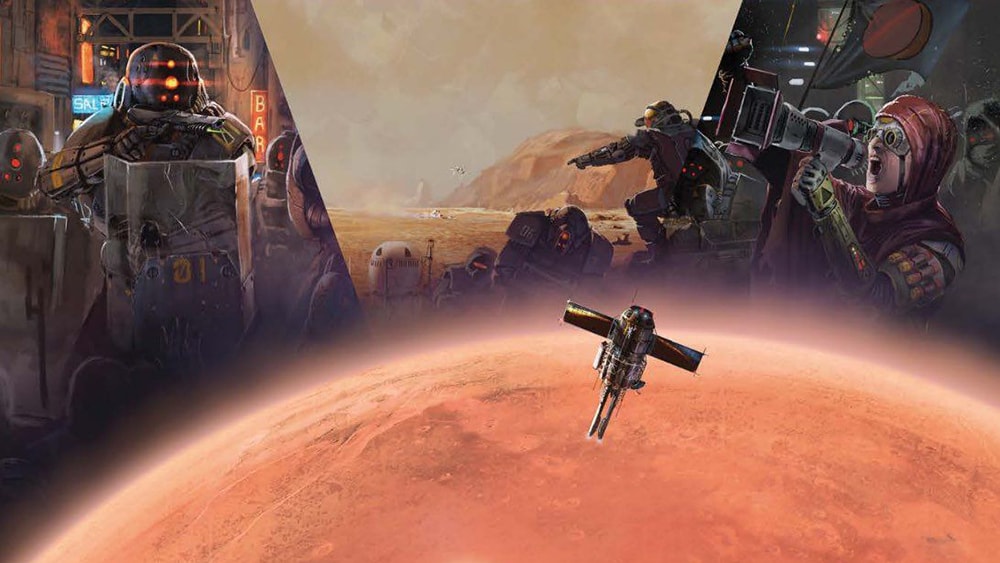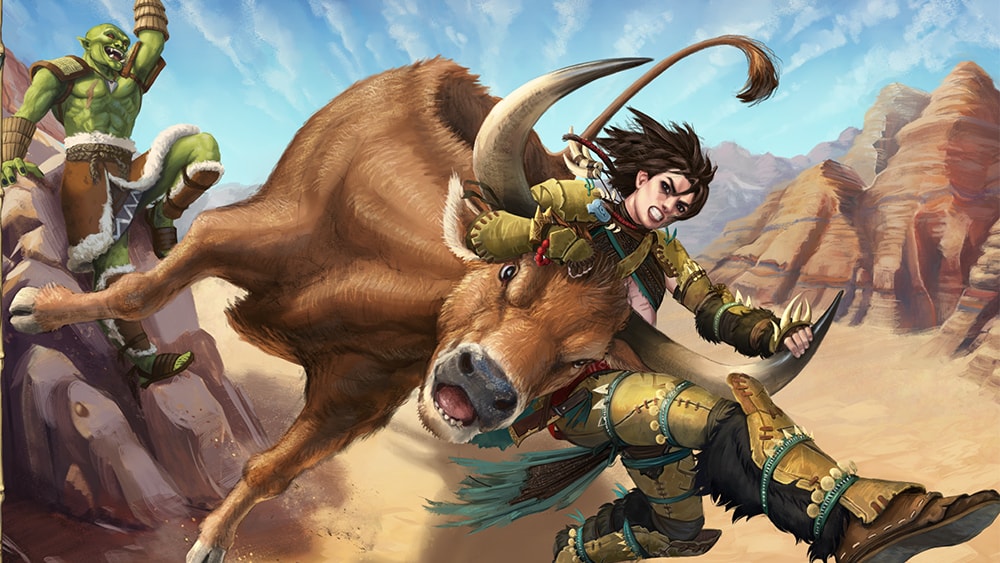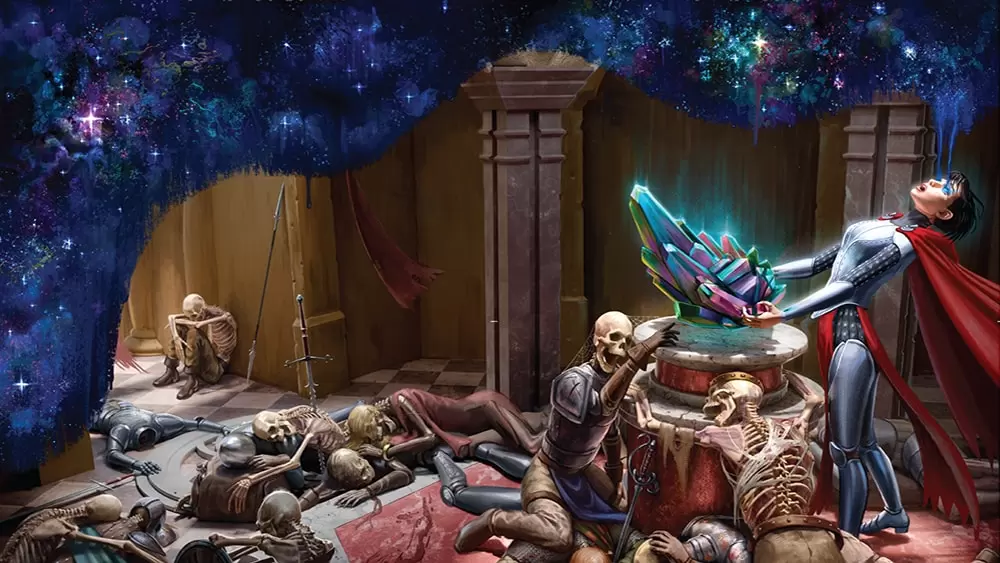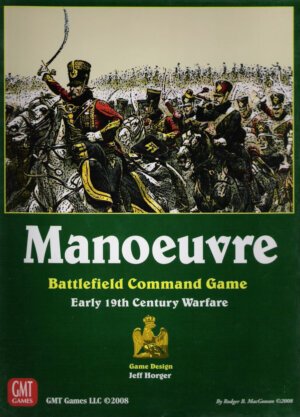
Publisher: GMT Games
Designer: Jeff Horger
Artists: Jean Baptiste Édouard Detaille, Knut Grünitz, and Rodger B. MacGowan
Year: 2008
Players: 2 Players
Ages: 12+ (This is simply my recommendation)
Playing time: 60-90 minutes
MSRP: $55.00
GMT Games has recently reprinted their entry level wargame, Manoeuvre, with what appears a higher level of component quality than the original 2008 release. The included cards (each nationality receives their own 60 card deck) do seem a little small but when you have such a great number of cards to include in the box I can understand the smaller size. The artwork on the counters is nice and it’s obvious which country they belong to and the type of unit represented. The artwork on the cards is similarly well done. The player reference cards, while being printed on very light cardstock, provide everything you need at a glance during gameplay.
I’ll be the first to point out that this a very light wargame and it’s not as if you’ll need to have an extensive knowledge of Napoleonic tactics to tackle Manoeuvre. Even though the period covered demanded understanding of proper use of line, column or square, these aren’t concepts touched on by the design and the game is a very abstract look at battlefield tactics of the early part of the 19th century.
Setup begins by determining who will be the first player. That player then chooses four map sections from the twenty four included. Each map section is divided into sixteen movement squares. Each tile contains different terrain features printed on them as well and the first player sets up the four map tiles to arrange a larger square map.
The second player then chooses the two nationalities that will take to the field of battle. There are eight nationalities: France, Britain, Russia, Spain, Austria, The Ottoman Empire, Prussia, and the United States. The nationalities have their own strengths and weaknesses. Some countries may have more cavalry. Others may be focused on infantry. Others react differently after they’ve taken casualties and there are enough differences that appear in the cards for each combatant to play uniquely. The first player now chooses which nation he wishes to play and then each player takes their nation’s deck and counters. The second player now gets to choose which side of the map to set up their forces.
Each player then shuffles their deck of cards. The sixty cards in the deck are broken into two types: unit cards and HQ cards. Each unit – and there are only eight counters for each army – has five cards dedicated to them and you must use one of these cards for that appropriate unit to initiate combat. The HQ cards include army leaders and also include special actions that army can perform. Each player draws five cards and ths will be the standard hand size throughout the game. The players will then place their forces on the board – with the knowledge of what cards they’ve already drawn for the first turn.
Gameplay in Manoeuvre breaks down into phases. Each player performs his phases and then the other player follows with theirs. The game is mainly card driven and the cards in hand determine what units may move or attack. There are no true turns in the game because, unless an automatic victory is achieved the, the battle will continue until each player has gone through their individual deck once.
The first phase is the discard phase and you can discard as many cards from your hand as you wish.
The second phase is the draw phase where you’ll draw as many cards as needed until you have five in your hand.
The third phase is movement. One unit on your side must move during this phase; no sitting back and letting your opponent come to you. All movement is forward or back or left or right; diagonal movement is not allowed. Infantry move one square and cavalry can move up to two. There are cards that allow additional units movement or an additional square of movement.
The fourth phase is combat. Only one unit is activated in this manner during each turn and you must have a unit card in order to engage in combat with that unit. There are four types of combat, Ambush, Assault, Bombardment, and Volley. Volley and Bombardment are essentially the same. You roll the dice indicated on the volley value or bombardment value on your card, add your unit’s strength, and compare it to the defender’s strength and terrain. If the attacking roll is higher that the defending value, you reduce that enemy unit. A reduced unit has its counter flipped and the new values from the flipped side are now to be used. If the enemy unit was already reduced it is eliminated instead. The difference between a Bombardment and a Volley is that the former can be performed from two squares away (provided there is a line of sight) and latter can only be from an adjacent square. Not all unit cards have these attack options and they must be printed on the card to be used.
Ambushes are done from special cards included in a deck. They are resolved like a sneak attack. The defender can play unit cards for the unit being attacked or leaders or other HQ cards to modify their defense rating. Then the battle is resolved like an assault, except there is no assaulting unit. This is the only way to attack without a unit card.
Assaults are resolved by the attacker playing his unit card. The defender may play a unit card and/or a leader card and/or HQ cards to modify his defense total. The attacker can then play additional cards to modify his own 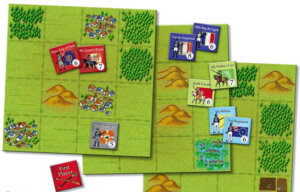
Assaults can be avoided with withdrawal cards by the defender. This allows the defender to retreat voluntarily. After all retreats, the attacking unit MUST move into the vacated space unless their unit card played says that they do not have to. Cavalry that do this may do a pursue action. On their unit card that was played there is a pursue range. A single die is rolled and if it is in that range the defender takes a hit.
The final phase is restoration. This is where you can attempt to restore a reduced unit to full strength through use of cards. Also, defensive redoubts can be played during this phase.
Winning the game can happen in two ways. The first is an attrition victory which is when a side eliminates five of his opponents’ units. The second path to victory is when night falls. The battle ends when both players have gone through their decks once. When this occurs, each side totals up the number of squares under control in enemy territory and victory points are awarded for each square.
This is by no means a true historical simulation and is more of an introductory game to share with non-wargaming friends. You can run through a game in around an hour or less, in my opinion, and there’s plenty here to bring you back just for the sheer fun involved. Sure, you won’t have your most die hard grognard pals clammering to play it but there’s a nice “beer and pretzels” element which can’t be ignored. Manoeuvre certainly isn’t GMT’s crowning achievement (and I’m sure that wasn’t the game plan at its original release) but it is a solid addition to your collection to break out when time is tight.
[rwp-review id=”0″]
- The Terror Beneath Horror RPG is Out in Print and PDF - Nov 22, 2024
- Ashes Without Number Roleplaying Game is Up on Kickstarter - Nov 22, 2024
- Dragonmeet to See the Return of RuneQuest: Sun Country from Chaosium Inc - Nov 22, 2024


